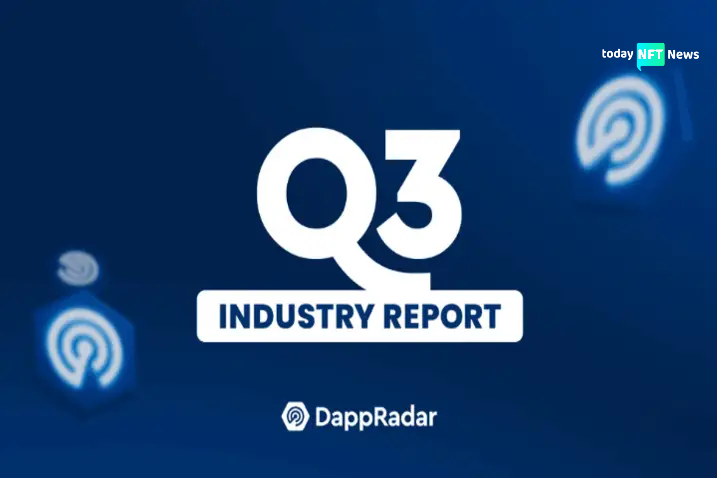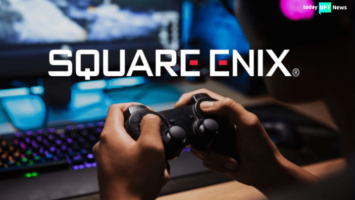SNEAK PEEK
- Q1 2023 saw blockchain gaming investments of $739 million, with Q2 surging to $973 million, totaling $2.3 billion for the year.
- 2023’s investment represents only 30% of 2022’s funding due to market challenges.
- a16z Speedrun accelerator pledges $75 million to innovative gaming startups.
Despite the recent market downturn, blockchain gaming continues to catch the eye of investors. Dapp Radar’s Q3 report showcases this trend, shedding light on the sector’s resilience and potential.
In the first quarter of 2023, blockchain gaming garnered a solid $739 million in investments. Additionally, the subsequent quarter witnessed a surge to $973 million. However, by the close of Q3, this number settled at a commendable $600 million, bringing the yearly total to a striking $2.3 billion. Significantly, these numbers represent only 30% of the funds raised in 2022, reflecting the unique market challenges this year.
The a16z Speedrun accelerator stands out as a beacon of the quarter. This venture, drawing industry-wide attention, pledges to invest up to $75 million in budding startups that aim to blend gaming with state-of-the-art technology. Moreover, venture capital firms have noticeably increased their footprint in this space. According to Dapp Radar, the marked allocation from VCs highlights their trust and readiness to invest in the growing domain of blockchain gaming.
However, it’s crucial to juxtapose this year’s figures against those from the third quarter of 2022. Back then, investments in blockchain gaming reached a remarkable $1.2 billion, showcasing a drop by about 50% in 2023. Besides this decrease, the gaming category retains its dominant position in the decentralized applications (dApp) market. This dominance comes even as the industry faces increased regulatory scrutiny in recent months.
Consequently, the overall trend for blockchain gaming still tilts positively. Yet, as the landscape shifts across various sectors and platforms, the necessity for adaptability becomes evident. Stakeholders must possess the foresight to navigate this dynamic domain.









